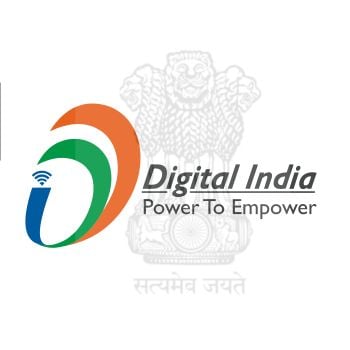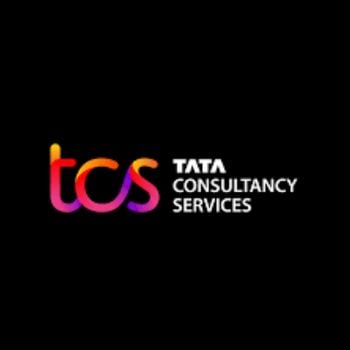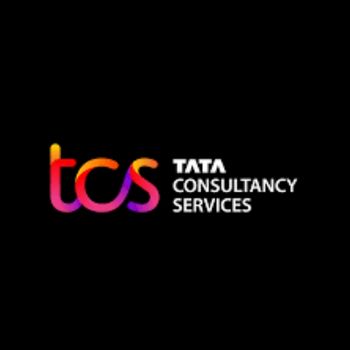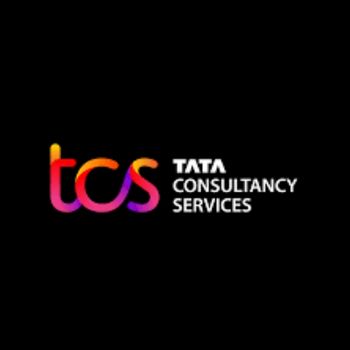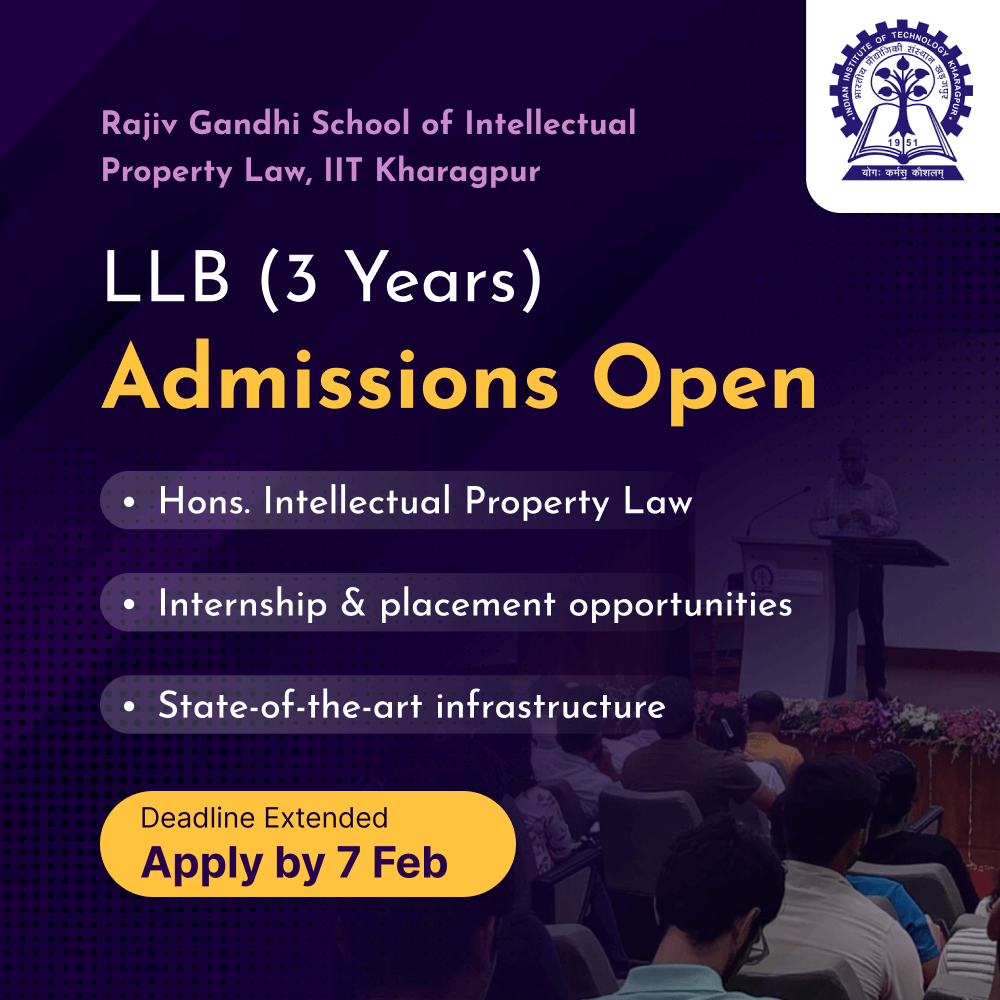Are you planning to start web development and you don’t know where to start? Here is the ultimate guide that you can use to become a pro developer. Starting your journey in web development can be both exciting and overwhelming. With countless technologies, frameworks, and tools available deciding where to begin from can be baffling sometimes. This guide will help you to take your first step into the world of web development with full confidence. You can use following steps to continue your journey to become a pro developer.
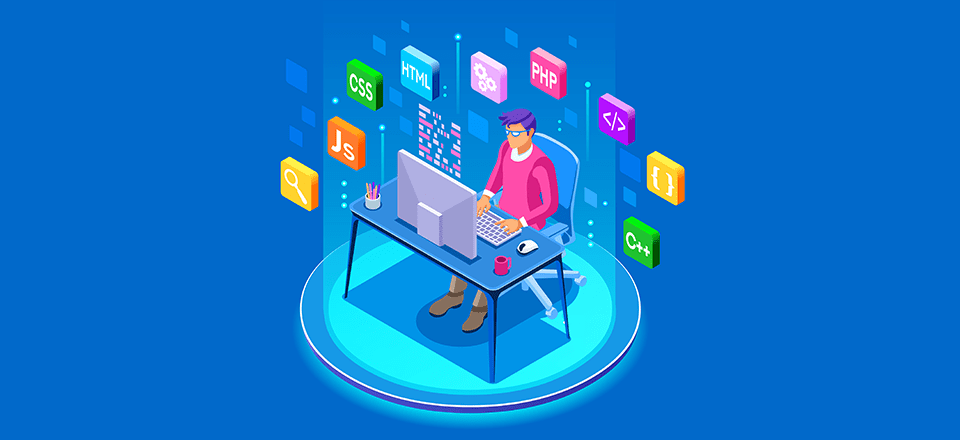
The First Step: Learning Fundamentals
The foundation of web development consists of three core technologies:
- HTML (HyperText Markup Language): It is the backbone of web pages, responsible for structuring content.
- CSS (Cascading Style Sheets): It adds styling and design to the HTML structure.
- JavaScript: It makes web pages interactive and dynamic.
Start by building simple projects like a personal portfolio, a blog page, or a basic landing page to practice these technologies.
You can consider this awesome course available on Coursera for free :
this course would help you to learn the fundamentals of web development.
Step 2: Learning Front-End Frameworks
Once you grasp the basics, learning front-end frameworks can boost your productivity and enhance your designs. Popular frameworks include:
- Tailwind CSS: It is a utility-first CSS framework for faster styling.
- React.js: It is a JavaScript library for building interactive UIs.
- Vue.js & Angular: These are other JavaScript frameworks to explore.
You can refer to this cheat sheet to learn react fundamentals and concepts.
Here is a link to another resource which will help you with tailwind CSS.
Step 3: Understanding the Back-End
The back-end is essential for handling data and server-side functionality. Choose one of the following languages:
- Python (Django, Flask)
- Java (Spring Boot)
- Node.js (Express.js)
You can refer to MDN docs to learn nodeJs concepts:
Step 4: Learning Database and Database Management
Databases store and manage website data. Understanding databases is crucial for full-stack development. You can choose either relational or NoSQL database management language.
- Relational databases: These use structured tables and SQL queries to manage data. They are best suited for applications requiring strict data consistency and relationships between entities. For eg. SQL.
- NoSQL Databases: These store data in flexible, JSON-like documents, making them ideal for scalable applications with dynamic or unstructured data. For eg. MongoDB.
You can choose to learn the one that is most suitable for your application.
Step 5: Using Version Control & Deployment
Version control systems like Git and platforms like GitHub help developers track changes, collaborate efficiently, and revert to previous versions when needed. Using Git, you can work on different features in separate branches and merge them when ready, ensuring code stability. Using Git and GitHub is crucial for tracking code changes and collaborating with others. Once your project is ready, deploy it using platforms like Vercel, Netlify, or Heroku. Simplify deployment by automating build processes and providing hosting solutions.
Step 6: Projects
Once you have gained much knowledge about all of these fundamentals of web development you can try making your own projects to apply the information on real world applications. There are several ideas available online or you can think one of your own.
As hands on practice is the best way to learn you can consider these examples for your project:
Beginner level project ideas:
- Personal Portfolio Website
- To-Do List App
- Weather App
Intermediate level project ideas:
- Chat Application
- URL Reducer
- Task Management App
Advanced level project ideas:
- Ful Stack E- Commerce Website
- Social Media Website
- AI powered Subtitle Generator
Keep In Mind:
Web development is constantly evolving. Follow blogs, watch tutorials, and engage with the developer community to stay updated with the latest trends and technologies.
By following these steps, you can become a pro developer in certain time but you have be consistent with your practice.
![JOB POST: Web Developer at NITIE, Mumbai [Salary 70K/Month]: Apply by June 5](https://cse.noticebard.com/wp-content/uploads/sites/23/2023/06/NITIE.jpg)
